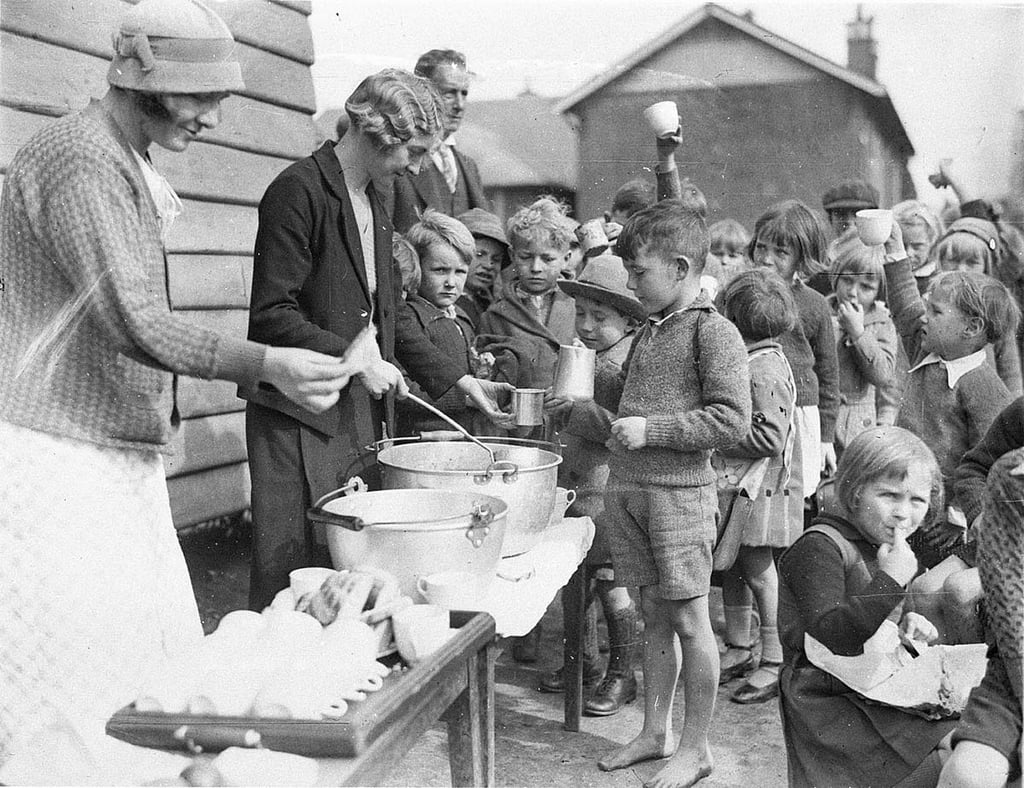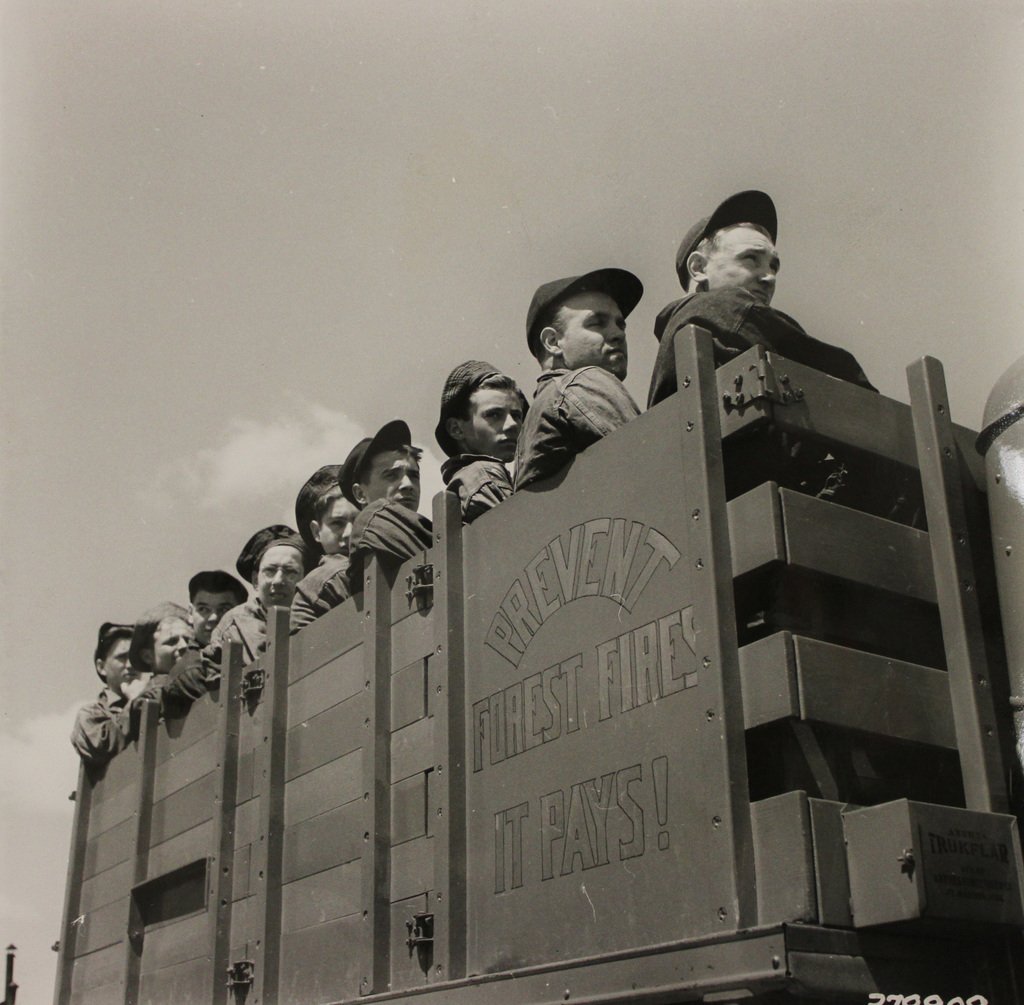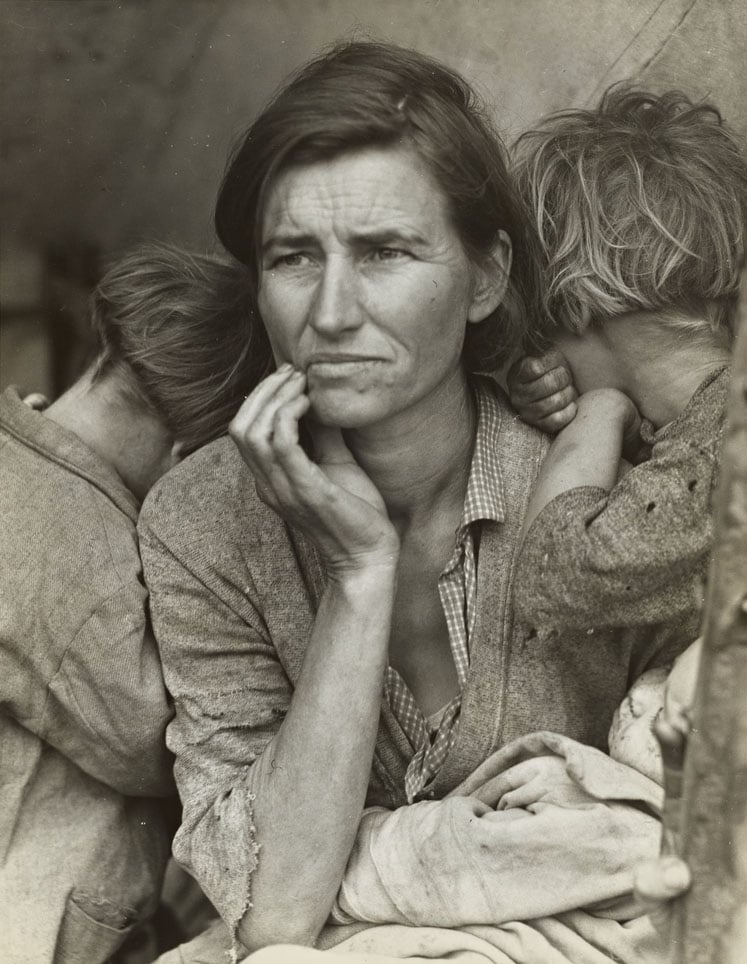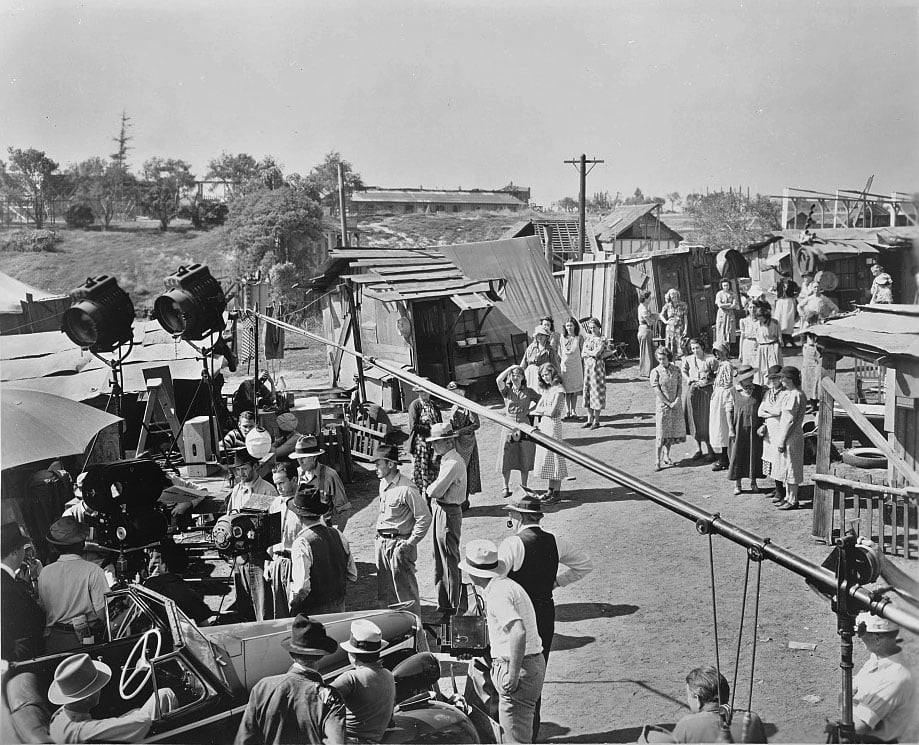The Great Depression Timeline, Illustrated
1929
It was 1929, and the Great Depression began. Families weren’t able to pay their bills, businesses collapsed, farmers were not able to borrow to raise money for a crop. The Great Depression caused so much misery and pain to each and every U.S. citizen that it is still remembered as the darkest period in 20th century American History.
People were eager to find any job, desperately and disparagingly, were suffering from hunger, and needed government help to survive. By 1932, thirteen million Americans were out of work, one out of every four able and willing workers. In the country where almost all married women were out of the wage-paying economy, it meant that every fourth household in America had no income, and no hope. Children had to stay with grandparents and aunts and uncles because their parents couldn’t afford to feed them and clothe them.
Industrial production in the US fell by 46%, wholesale prices fell by 32%, foreign trade fell by 70%, and unemployment rose by 607%: all in just three years between 1929 to 1932. Many Americans believed they were witnessing not just a massive market downturn, but the collapse of a historic economic, political, and social order, literally the end of their way of life.
Let’s take a look and note the significant events. We’ll use Picryl public domain search engine to eyewitness historical accounts of that time.
October 24, 1929. The collapse of U.S. stock market marks the beginning of The Great Depression.
That day when the stock market crashed. Stock prices started to drop rapidly causing wide-spread panic came into history as “Black Thursday”. People’s rushed to liquidate bank deposits causing a shortage in cash and a wave of bank failures. By the end of November, economy losses amounted to a staggering $30 billion.

1930
March 1930. Hoovers predicts prosperity
In an attempt to calm down public, President Herbert Hoover claimed that American economy will recover in next 60 days. He was a poor prophet, the worst was still ahead.

1931
February 1931. Food riots and hunger marches in the United States.
The credit crunch caused farmers failure to borrow money. Shortly, large-scale food shortages followed, hunger riots erupted. Crowds were smashing grocery windows and stole food: with no money to pay that was the only one way to survive. Hunger marches of unemployed people in several states forced the government to deal with the problem.


1932
1932. Relief, Recovery and Roosevelt’s “New Deal.”
During his presidential campaign, FDR proposed a series of programs to deal with Great Depression. The most notable programs were:
- The Social Security,
- The Works Progress Administration,
- The Civilian Conservation Corps,
- The Tennessee Valley Authority.
November 8, 1932. Roosevelt is elected president.
President Hoover policies were unpopular. Franklin D. Roosevelt with his “New Deal” program made people believe that he can end the Depression. On November 8, 1932, he was elected for the first time.
1933
March 9, 1933. The Emergency Banking Act passes.
On February 14, 1933, Michigan, an industrial state which had been hit particularly hard, declared an eight-day bank holiday. Fears of other bank closures spread from state to state as people rushed to withdraw their deposits while they still could do so. Within weeks, thirty-six states held their own bank holidays in an attempt to stem the bank runs. The banking system was on the verge of collapse. Immediately after his inauguration on March 4, 1933, President Franklin Roosevelt declared a four-day banking holiday. It kept all banks shut until Congress passed the law allowing the twelve Federal Reserve Banks to issue additional notes on good assets so that banks that reopened would be able to meet every legitimate call. The act effectively prevented the collapse of the bank system.
April 1933. Creating of Civilian Conservation Corps.
A public work relief, the Civilian Conservation Corps (CCC), became the first New Deal program. It provided jobs for young men and relieved families who had no other means to support themselves. The Civilian Conservation Corps became a first natural resource conservation program operating in every U.S. state and territory. Over the course of its nine years, 3 million young men, up to 300,000 at any one time, participated in the CCC. The program provided them with shelter, clothing, food and a small monthly wage of $30 (about $600 now), $25 of which had to be sent home to their families. Click to see a collection of CCC source images.

May 1933. Creating of the Tennessee Valley Authority.
Another New Deal program, “The Tennessee Valley Authority”, was created to provide electric power and jobs to the impoverished Tennessee Valley region.

1935
April 1935. The Works Progress Administration provides jobs to Americans.
The largest and most ambitious American New Deal agency was established. It aims to employ most of the unemployed people on relief until the economy recovered.
A commercial for the Works Progress Administration. 1934. Source
August 1935. Social security for those who can’t work.
The Social Security Act focused on providing aid for the elderly, the unemployed, and children that now could get the money each month.

1936
March 1936. Dorothea Lange takes the Migrant Mother photo.
Dorothea Lange is one of the famous Depression-era documentary photographers. The iconic photograph called “Migrant Mother” was taken in March 1936 at a pea-picking camp in California.

1937
March 1937. The economy goes into another recession.
An economic downturn makes people lose their hope that things will ever get better. Unemployment rose by 5% in comparing to 1937 and reach 19% in total.
1939
April 1939. “The Grapes of Wrath” is published.
An American realist novel “The Grapes of Wrath” written by John Steinbeck is published. It gifts the world with the story of a poor family of tenant farmers that are trying to survive during the Great Depression. The book later won the National Book Award and Pulitzer Prize for fiction.

1941
December 7, 1941. Japan attacks Pearl Harbor.
A surprise strike by Japan on Pearl Harbor led to the United States’ entry into World War II.

December 1941. The Great Depression ends.
Although many problems of the Great Depression were addressed by 1939, the recovery came only when US entered the World War II. Some historians consider 1939 as the last year of the Great Depression.

Great Depression media collections for extended learning
Picryl.com
- “President Herbert Hoover”
- “U.S. Paper Money”
- “President Franklin Delano Roosevelt”
- “Roosevelt’s Civilian Conservation Corps”
- “America’s Child Laborers”
- “American Workers in Color”
- “Attack on Pearl Harbor”
- “The Last Year of The Great Depression”
- “Dorothea Lange”
- “Pie-Town, 1940”
Media Files Source: Picryl.com
Picryl provides public domain, free to use, no copyright media resources from finest world’s archives. Public domain works are not protected by copyright. Anyone can use a public domain work without obtaining permission. Search for specific topics, create your own content to use anywhere without any restrictions.
![]()

The media sources noted above are licensed under CC0 “No Rights Reserved” or Public Domain Mark License.